MORE THAN JUST PUPPETS
Continues from part 1
THE GOLDEN ERA
The golden era of the Opera dei Pupi continued uninterrupted for a century and only started its decline in the 1950s with the arrival of cinema and finally, in the 70s, television pushed the art form into its final crisis.
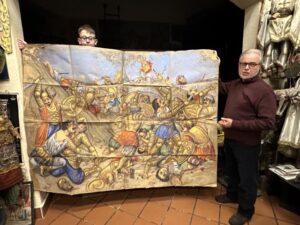
During its most popular period, there were dedicated local theaters (fixed rather than travelling shows) where every night a new episode of the epic tale was performed—the stories could last from six months to two years, depending on the saga. Sometimes the repertoire would include stories with local characters, such as Uzeda Catanese.
The audience was always the same, from beginning to end, coming straight from a long day at work, sometimes quickly finishing their evening meal on the bare benches moments before the show started.
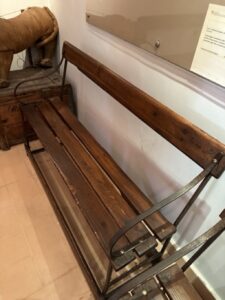
The story was followed in a religious silence by an attentive audience, fully immersed in the plot. It was interesting to learn that the performances were never interrupted by applause even at the end—and only in very exceptional circumstances—“in the same way no one would think to applaud at the end of the Mass,” it was pointed out to me by one of the Catania artists.
REAL STUFF
There was a strong ritualistic aspect in the Opr’e Pupi (in the Catanese dialect) rooted in the fact that the pupi were not just puppets, but were real people to them, as real as the protagonists of the modern movie sagas are to us today. As weird as this may sound, this was true and the fact that people were there, every single day until the end of the story, regularly investing part of their modest earnings to witness the show in person, is proof of that. The story was taken very seriously; for them, it was the real story of real people that they had the chance to witness close up, rather than pure entertainment.
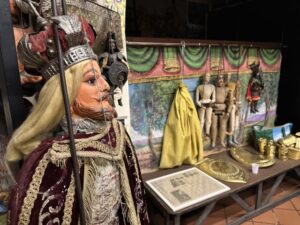
FAMILIAR NOTES
The already powerful atmosphere was made even more so by the intense voices of the parraturi reciting the poetic lines of the pupi, although adapted for a public with only basic schooling.
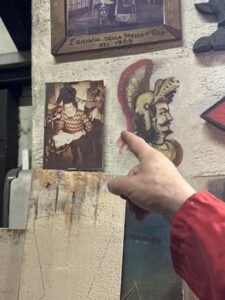
The parraturi also plays a little drum, which is always present and the musical backbone of the performance. At times, it might be accompanied by a mini live orchestra made up of trumpet, accordion, guitar, and mandolin. The drum marks the most powerful moments of the story, like the battles and the duels. The rhythms used were adapted from those already known to the Sicilian rural populations from the blessings for the crops, as well as religious festivals.
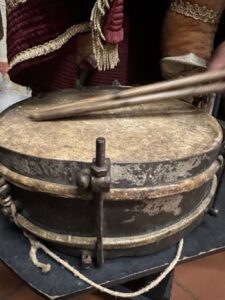
TRUE FEELINGS
This is a tradition full of strong feelings, the same real emotions that make people cry from the heart at the death of the protagonist, or curse and throw things at Gano or one of the other villains who has just betrayed a beloved character.
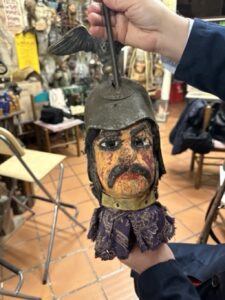
Those emotions were real, as real as the joy that filled them when, in the story, good prevailed and evil was defeated. According to the ethnic and anthropological studies that were done when the art almost disappeared after the 1970s, there was a deep connection with the heroes whom they regarded as friends or family members. It was understood that there was a kind of unconscious identification between them and the characters, and perhaps their hope for a better tomorrow was kept alive through those adventures, where at least once in their life they could experience that good can win.
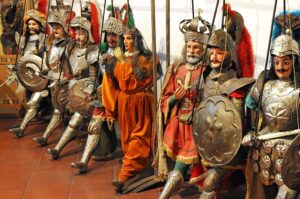
If this identification was so strong and deep, it was also due to the love, passion and dedication of one person, the creator of the pupi: the puparo.
Words and pictures by Elisa Spampinato (unless otherwise specified)


